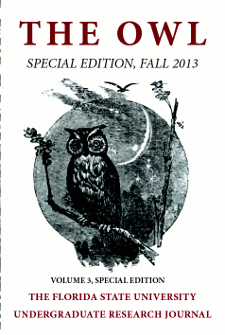The Post-Cold War View International Recognition and The Breakup of Yugoslavia
Keywords:
cold war, soviet union, political scienceAbstract
During the Cold War, Yugoslavia represented a political challenge to both the West and the East. Bordering Italy, Austria, Hungary, Romania, Bulgaria, Greece and Albania, the Socialist Federative Republic of Yugoslavia (SFRY) geographically sat on the European fault line where NATO met the areas dominated by the Soviet Union. By the end of WWII, Tito and the Yugoslav Partisans made Yugoslavia the only country in Eastern Europe to liberate itself from Axis occupation. To both superpowers, Tito was a political enigma exerting an astonishing amount of independence during a time period that seemed to be dominated by two spheres of influence. By 1948 Yugoslavia became the first Communist state to break with Stalin, scoring the SFRY an initial grant of $20 million from the U.S. as well as other aid packages from the west over the next ten years (Crampton 2002, 118).
Internationally Tito signed treaties of friendship and cooperation with both NATO and Warsaw Pact neighbors and helped to found the Non-aligned Movement along with President Nasser of Egypt, Premier Nehru of India, and President Sukarno of Indonesia (Crampton 2002, 120). But by 1991 the Cold War was over and Yugoslavia was in decline. Weakening of the Communist party gave rise to ethnic nationalist parties within the republics. On June 25, 1991 both Slovenia and Croatia declared independence starting the dissolution of Yugoslavia. But unlike during other post-Cold War cases of state dissolution (the Soviet Union and to a lesser extent Czechoslovakia), the international community took a more active role in the dissolution by recognizing the republics of Slovenia, Croatia, and Bosnia-Herzegovina relatively quickly.
This research examines the factors such as past norms, as well as the utipossidetis principle, that led to a new post-Cold War view of state recognition and how those factors affected the recognition of the former Yugoslav republics by the European Community and the rest of the world. This will be achieved by first analyzing the previous norms and practices to observe how the international community has reached the current way in which states are recognized. Then, case studies from the end of the Cold War will be examined in order to put the Yugoslav Republics’ recognition into context. Finally, with all of that information collected, we will be able to look at the factors that influenced those Republics’ recognition.
Downloads
Published
Issue
Section
License
All works published in The Owl are published under a Creative Commons Attribution, Non-Commercial, Share-Alike (CC-BY-NC-SA) license. The author retains copyright.

